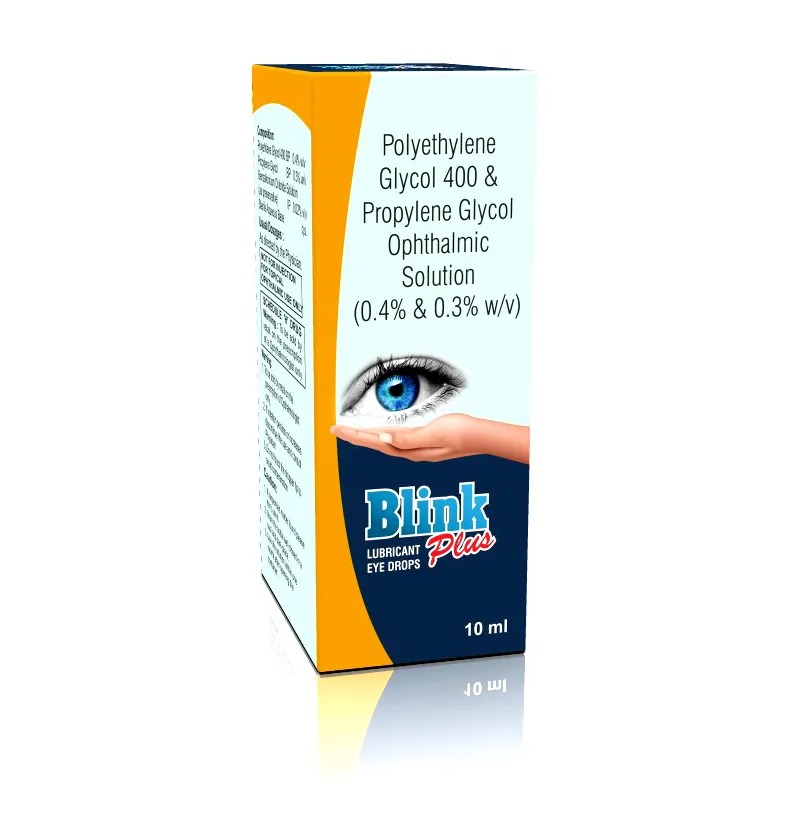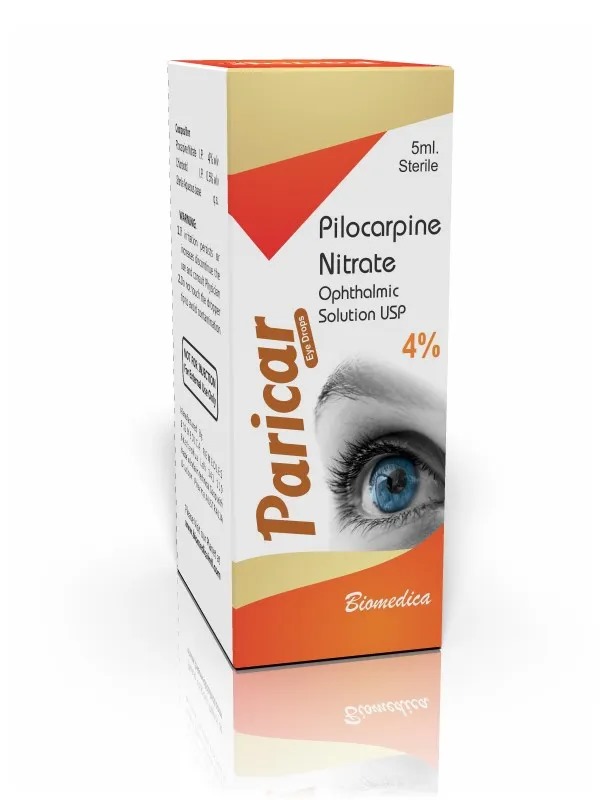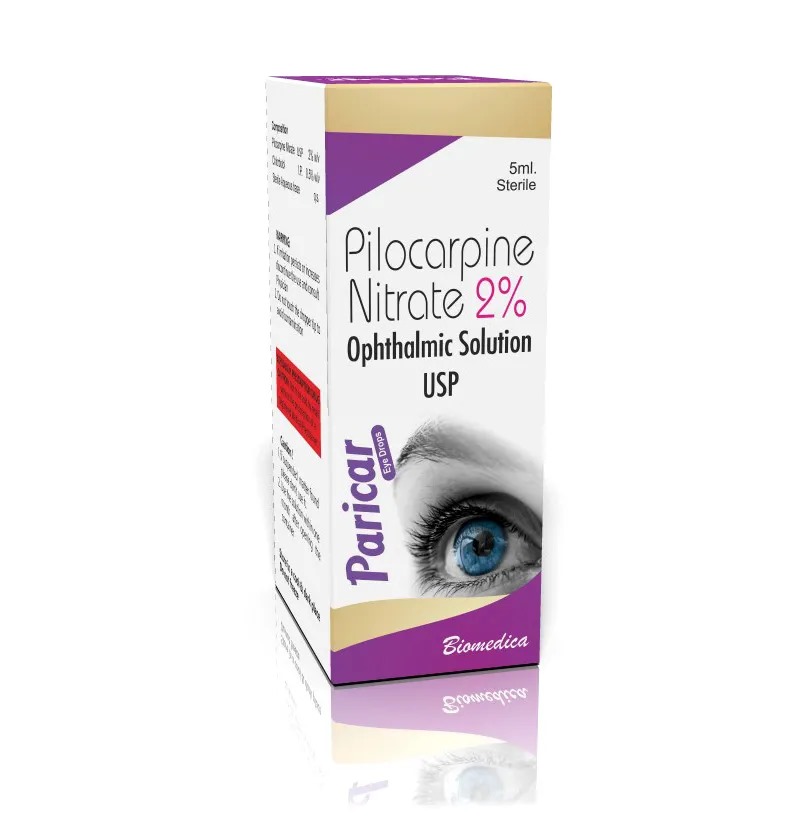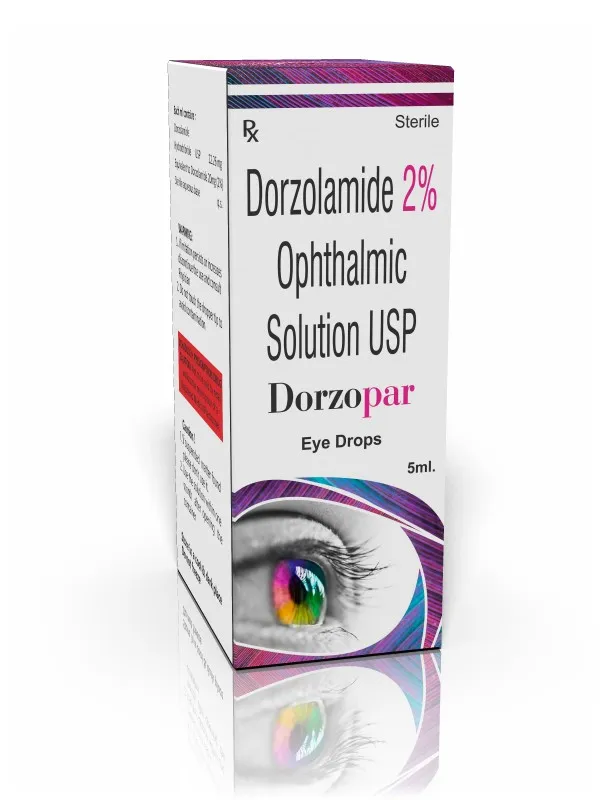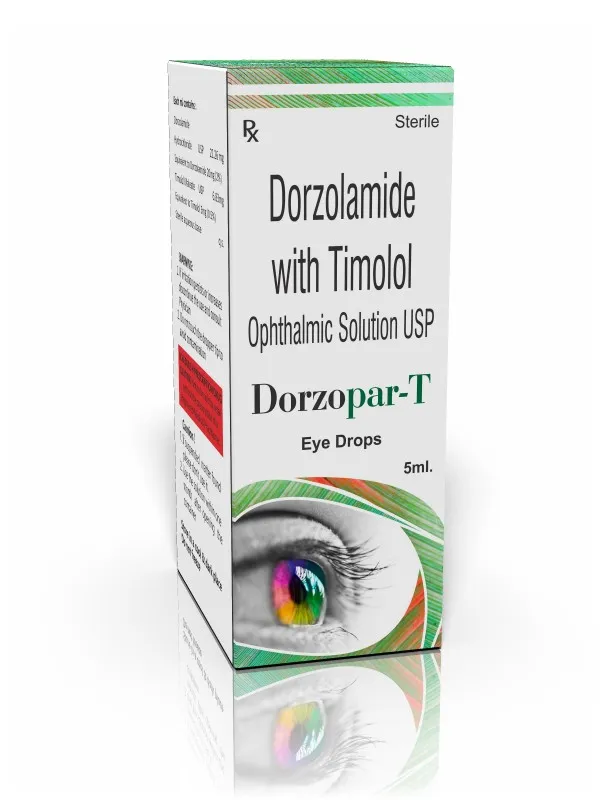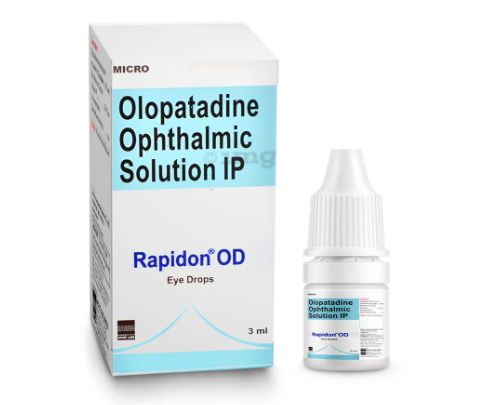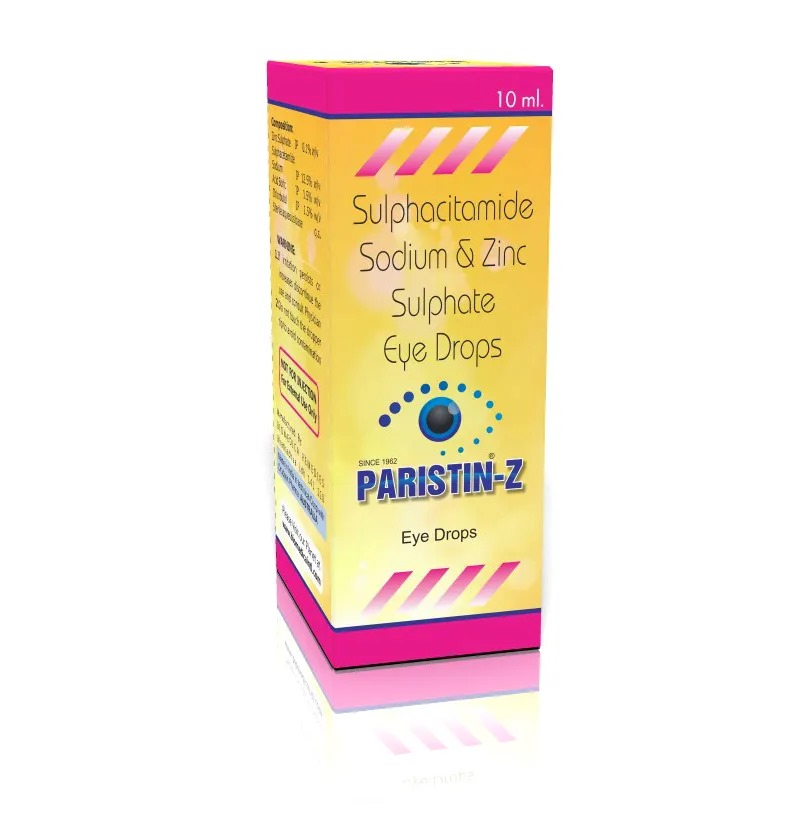Blink Plus (Polyethylene & Propylene Glycol) Ophthalmic Solution is an over-the-counter eye drop formulation designed to provide relief for dry or irritated eyes. Here's an overview of its uses, dosage, side effects, and safety considerations: ________________________________________ 🔍 Uses Blink Plus combines two lubricating agents: • Polyethylene Glycol 400 (0.4%): Acts as a lubricant to relieve dryness and irritation by providing moisture to the eyes. It creates a protective layer on the eye's surface, reducing discomfort and enhancing tear film stability. Propylene Glycol (0.3%): Functions as a solvent and humectant, helping to dissolve and stabilize the active ingredients while attracting moisture to the eye, aiding in hydration and alleviating dryness. This combination is used to treat dry eye symptoms caused by environmental factors such as wind, sun, air conditioning, or prolonged screen time. ________________________________________ 💧 Dosage and Administration • General Dosage: Instill one or two drops into the affected eye(s) as needed. • Application Method: 1. Wash your hands thoroughly before use. 2. Tilt your head back slightly and pull down the lower eyelid to form a pouch. 3. Hold the dropper above the eye and instill the prescribed number of drops. 4. Close the eye gently and apply gentle pressure to the inner corner of the eye for 1 to 2 minutes to prevent the medication from draining away. 5. Avoid touching the dropper tip to any surface, including the eye, to prevent contamination. ________________________________________ ⚠️ Safety and Side Effects • Common Side Effects: o Temporary blurred vision. o Mild burning or stinging sensation upon application. o Eye discomfort or irritation. • Redness or watering of the eyes. • Serious Side Effects: o Persistent eye pain or swelling. o Allergic reactions such as rash, itching, swelling, or severe dizziness. • Precautions: o Consult your doctor if you are pregnant or breastfeeding, as the safety of Blink Plus during these periods is not well-established. o Use with caution if you have a history of eye infections or other eye conditions. o Avoid driving or operating machinery if you experience blurred vision or visual disturbances.
Send Message